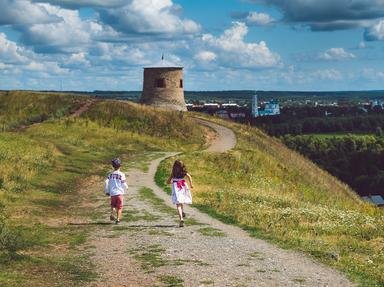Quiz Answer Key and Fun Facts
1. One of the first cities was Uruk, that reached its greatest population about 3200 BCE. On which river was it founded?
2. One of the first civilizations we know is Ancient Egypt. Which title had the rulers of this civilization, such as Menes, Khufu, Pepi, Ramesses or Cleopatra?
3. Where in the world are the former cities of Harappa and Mohenjo-Daro, built between 3000 BCE and 2500 BCE?
4. A people ruled by kings such as Hattusili and Suppililuliuma was based in the mountainous plateaus of present-day Turkey between 1650 BCE and 1190 BCE . Which civilization with these remarkable kings was known for the light chariots they drove into war?
5. On which island did the Minoan civilization develop between 3500 BCE and 1100 BCE?
6. What name did the Celts use for their priests?
7. The Etruscan people still are quite a mystery to modern historians, partly because of the written information they left. What is the majority of their writings?
8. Phoenicia had important cities such as Tyre, Sidon, Tripoli and Beritos (present-day Beirut). What was one of the main occupations of the Phoenicians?
9. Religion has been an important theme in early civilizations. Most ancient people worshiped many gods. But which of these monotheistic religions came first?
10. Nebuchadnezzar II ruled which kingdom during the era 605 BCE - 562 BCE?
Source: Author
JanIQ
This quiz was reviewed by FunTrivia editor
looney_tunes before going online.
Any errors found in FunTrivia content are routinely corrected through our feedback system.
